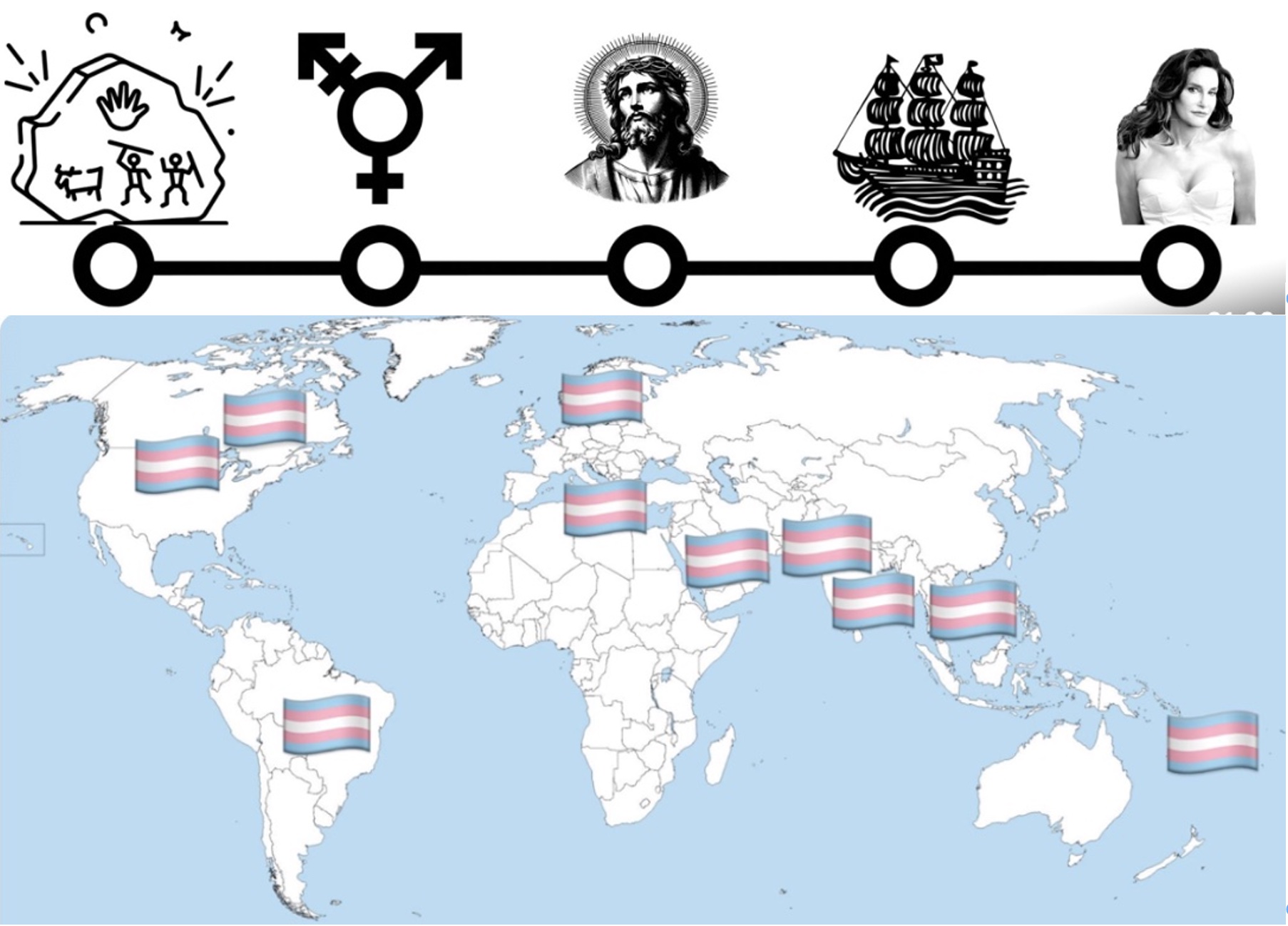By Connie Frankish and Martin Ralph
“Where has all this wokeness come from?” “Why do people just identify as whatever these days?” “How are there so many trans nowadays?” The arrogance of many Christians and political leaders like Donald Trump ask why must the trans community centre and share their narratives? It is because centuries have been spent erasing the history of Trans people in service of your own!
Christianity’s many bigots oppose the rights of the marginalised. Trans identities are not new and predates Christianity. Has the church no self-awareness? Somehow, they confuse “love thy neighbour” with ‘loathe thy (perceived to be) inferior’.
The Church of England has regularly been involved in child abuse scandals, including many by priests and even bishops. Reports started emerging in the 1970s of child sex abuse going back to the Second World War. Multiple inquiries and reviews have been carried out, but new scandals emerge. In 2017 the church was dealing with 3,287 complaints of child sex abuse.
It is not just a British question. Many other countries including Ireland and Canada witnessed such abuse. Over 200,000 children are estimated to have been sexually abused by thousands of French Catholic priests, deacons and other clergy since 1950.
The Vatican alleges no knowledge of the child sex abuse perpetrated by those within its highest ranks such as Theodore McCarrick, former archbishop of Washington, DC, and Fernando Karadima, defrocked Chilean priest.
Take the fight into your hands
Discussing the offensive by Donald Trump on trans right, RUSS O’SHEA, (Workers Voice USA) said, “The only choice is what trans people have always had to do: take the fight for life into their own hands. What is necessary now is the construction of a mass movement that demonstrates these attacks are against the will of the vast majority of people. This movement could be significantly empowered if it were to join with and find allies in other movements—like those for immigrant, Black, and women’s rights, as well as the climate and Palestine movements.”
The oppression of trans people comes from the same source as the oppression of women and many others, it comes from the patriarchal order of capitalism, anything that challenges that order is demonised. Patriarchal domination is imposed by capitalism, the church and the likes of Donald Trump and now Starmer’s Labour Party
Oppression inevitably grows from socio-economic factors that explains why sexism, racism, ableism and anti-LGBTQ+ bigotry exist. The civilisations in pre-colonial America are a good example of this. The colonial states used religious and cultural justifications to dispose of and murder the indigenous peoples. But the reason they did that was to seize their land for economic reasons and they sought to convert them to their religion and culture and gain more workers to develop their economic exploitation.
The oppressions of colonisation and imperialism has erased a great deal of cross-cultural historical existence. Christianity and many others have denied the right to self-identify. It is an international oppression that many regardless of socio-economic background are born into.
- End discrimination and repression against trans people
- Religion should be separated from the state.
- Unite the struggles of LGBTQI+ people and workers against capitalism
A history of Trans people
- 5000 – 3000 B.C.E. Near East: Archaeologists identified the first reference to trans identities in the ancient world through the Akkadian and Sumerian languages spoken throughout Mesopotamia, one of the cradles of civilisation.
- 3000 to 1000 B.C.E. Mediterranean: Minoan art portrayed men and women engaging in various activities that would not conform to today’s traditional gender roles. Women were portrayed as bullfighters and men in flamboyant clothing and makeup.
- 500 B.C.E. to European Colonised North America: Some indigenous peoples of pre-colonised North America revered what they called ‘Two Spirit’, where an individual existed between two genders. These were considered healers, prophets and wise folk.
- 200 B.C.E. to 200 C.E. Indian Subcontinent: Patanjali’s work the Mahabhashya (“Great Commentary”) details specific phrases in the Sanskrit language describing that of a “third gender” – ‘napumsaka’. Buddhist philosophy of the time placed greater importance on an individual’s identity was attributed to their behaviour than their appearance. Note that Buddhas themselves are presented relatively sexless.
- 800 to 1050 C.E. Scandinavia: Several Viking burials disprove the frequently spouted “archaeologists would assume trans skeletons were their sex assigned as birth”. Read about the Birka Grave; remains which were assumed male, underwent great debate around their sex, to later be concluded as female.
- 1000 to 1300 C.E. Indochina: Explorers first observed and documented androgynous men known colloquially as ‘kathoey’ or today informally as ‘lady boys’.
- 1250 – 1750 C.E. South Asia: In Hindu cultures “Hijra” are transgender or intersex people that do not fit into white-Eurocentric societal structures. This term is still used today and there were estimated to be 3 million hijra in India alone in 2014.
- 1500 – 1800 C.E. South America: Jesuit priests recorded encounters with indigenous transmasculine people. These were socially men in all ways. Similarly transfeminine people lived as wives, and sex outside of procreational was normal. Portuguese Catholics went on to murder, erase and outlaw these people.
- 1500 C.E. Pacific: Māori have accepted trans identities for centuries, long before contact with Europeans, a prominent ‘third gender’ called fa’afaine are natal males who present feminine from early childhood and are then socialised as a feminine person. Whereas Western cultures would recognise this and force masculinity upon children who innately act feminine.


